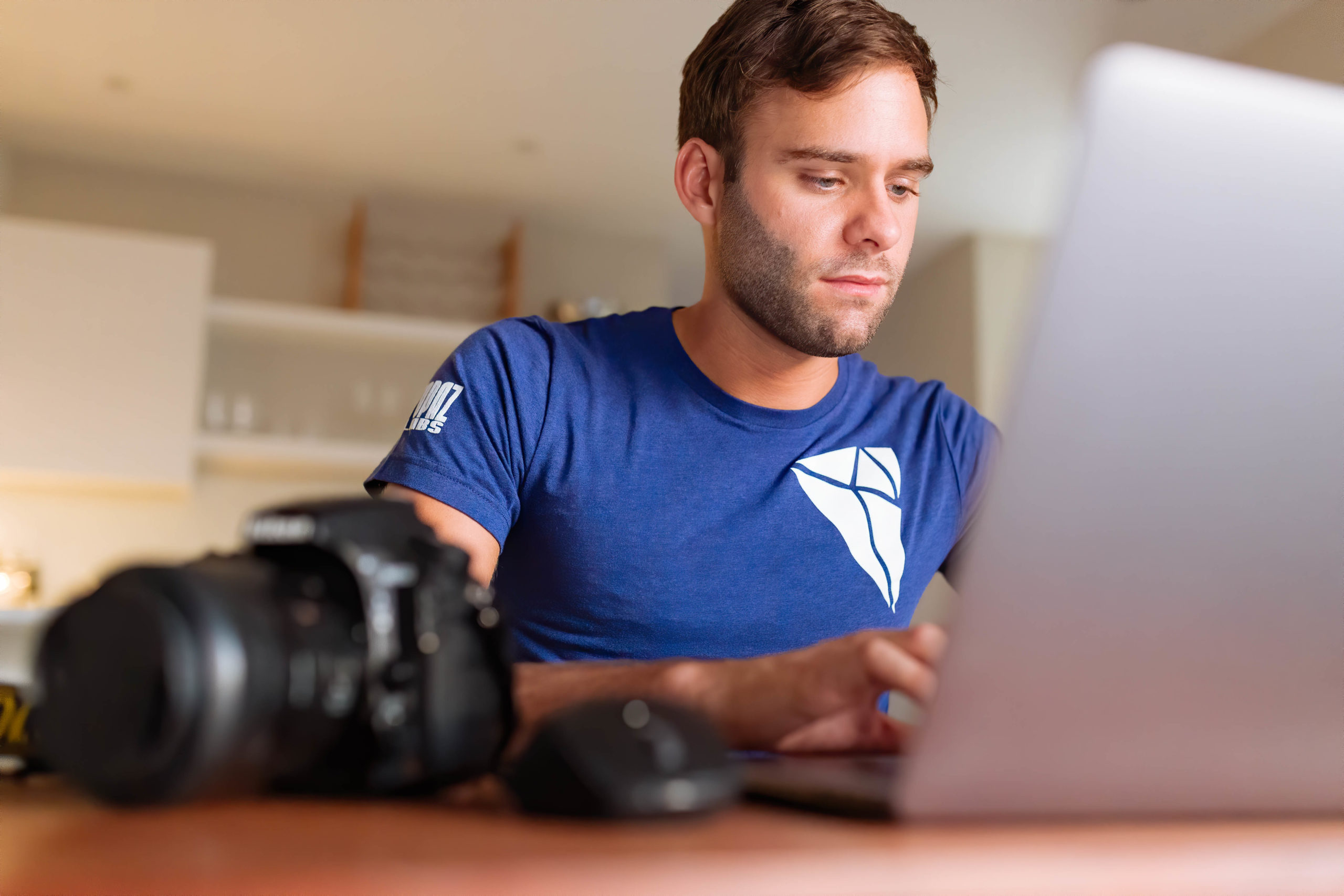
How To Get The Best Upscaling Results from Video Enhance AI


Download Video Enhance AI. Available for Mac or PC, you can launch a totally free 30-day trial to test Video Enhance AI with your own video projects.
Importing footage to be upscaled is as easy as drag and drop. You’ll find your clips at the bottom of the Video Enhance interface. Simply click on each video thumbnail to change individual processing and output settings.
Sync Settings to Save Time
Are you planning to use identical settings for an entire batch of video clips? Easily apply synchronized settings to your whole batch:
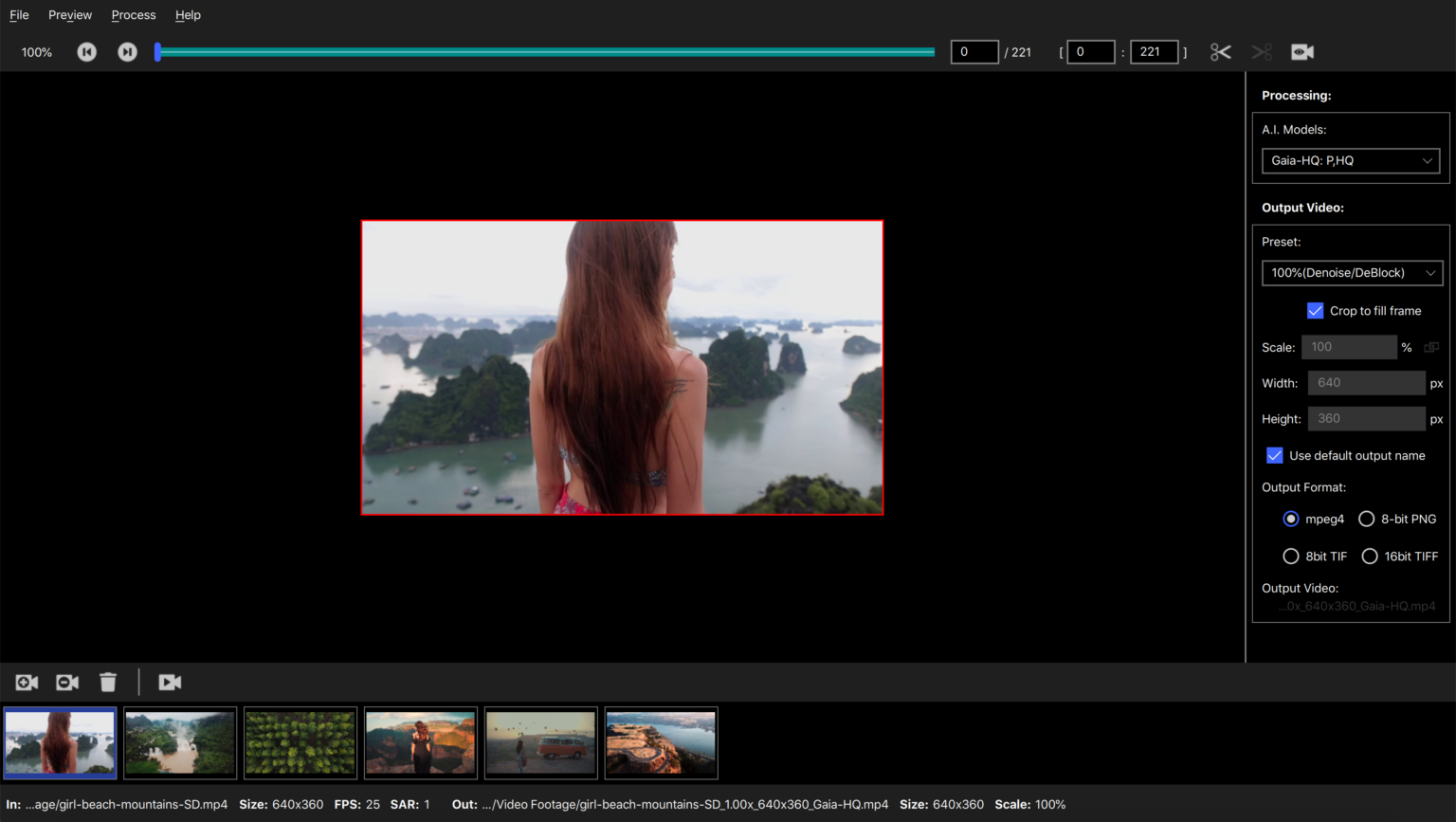
Video Enhance AI offers several different AI Models tailored to suit different types of footage.
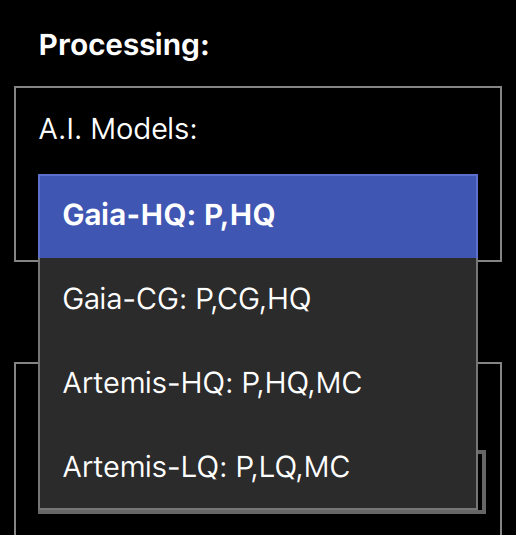
Gaia-HQ
Standard upscaling for high-quality progressive footage.
Gaia-CG
Upscaling for progressive computer-generated content. Use this for digital animations, cartoons, etc.
Artemis-HQ
Enhancement and upscaling for high-quality progressive footage with better motion consistency. Use this to upscale higher-quality footage, like stock video clips, films, and drone footage.
Artemis-LQ
Enhancement and upscaling for low-quality progressive footage with better motion consistency. Use this for old family recordings, historical footage, etc.
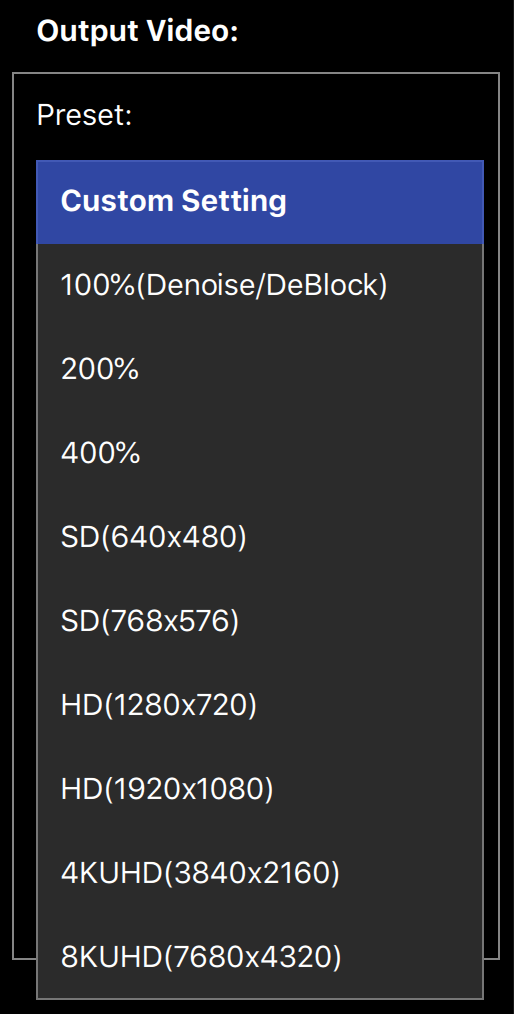
Video Enhance AI offers a selection of video output presets, or you can choose your own custom settings.
Preset video upscaling options include:
100% (DeNoise/DeBlock)
200%
400%
SD (640×480)
SD (768×576)
HD (1280×720)
HD (1920×1080)
4K UHD (3840×2160)
8K UHD (7680×4320)
Select a starting point on the timeline and click the Preview button to see a 30-frame sample of your rendered video output. Happy with your results? It’s time to process your video.
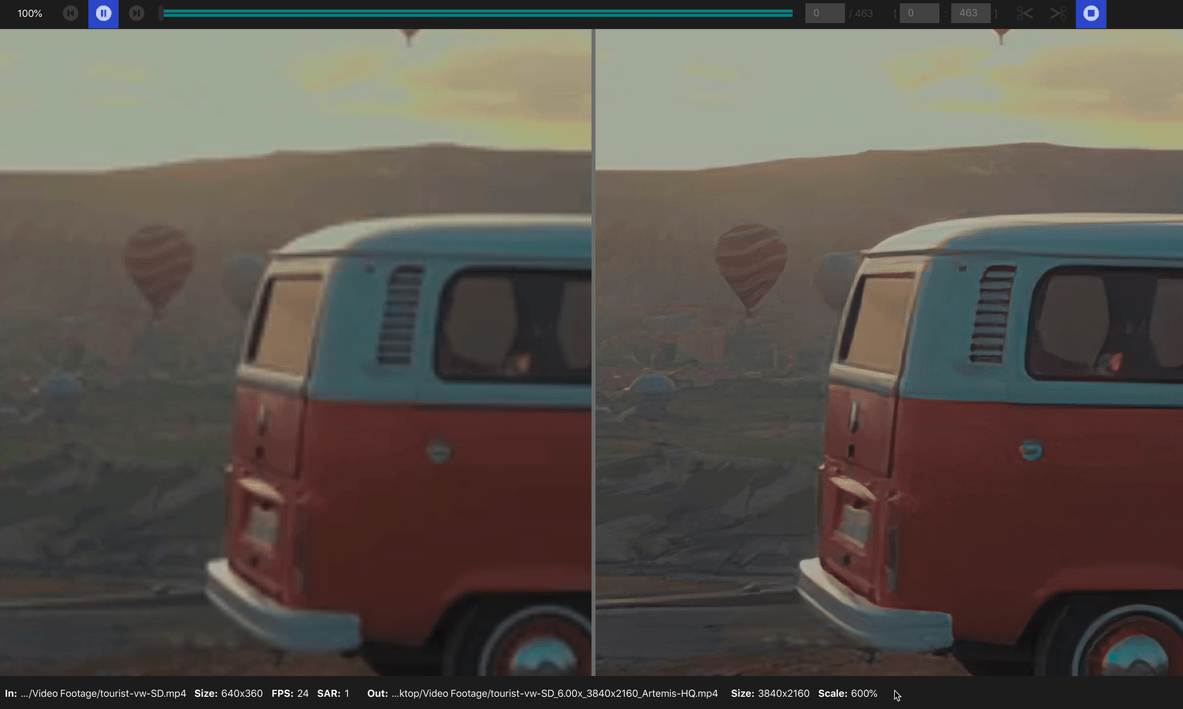
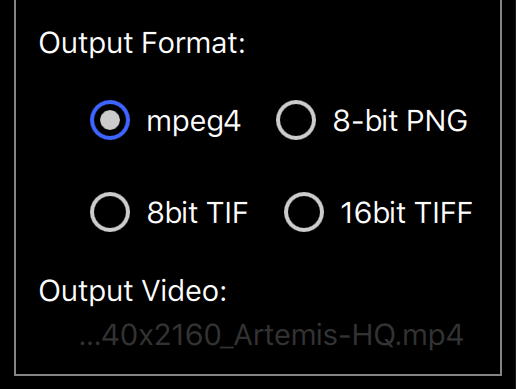
The default mpeg4 output will be suitable for most projects, and will result in a ready-to-use video upon completion.
For the highest-quality output, along with a reduction in processing time for videos greater than 1,000 frames, select 16bit TIFF output.
For the highest-quality video productions, you need the highest-quality output. If you’re working on a larger project with more than 1,000 frames, or if you need the absolute best results, it’s recommended to select 16bit TIFF as your output format.
The final output will result in a folder of sequentially-numbered TIFF files ready to be assembled in the video editor of your choice.
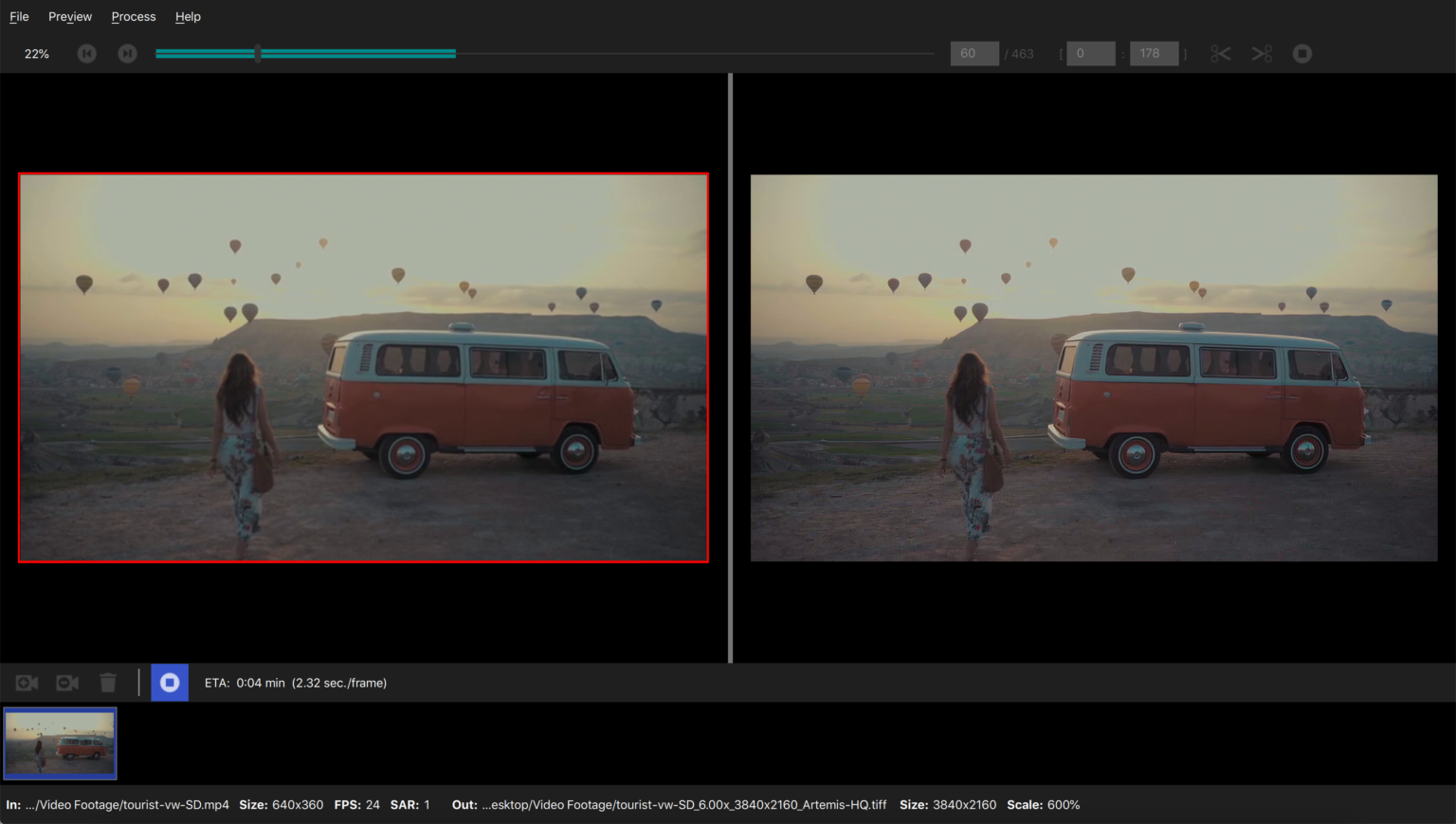
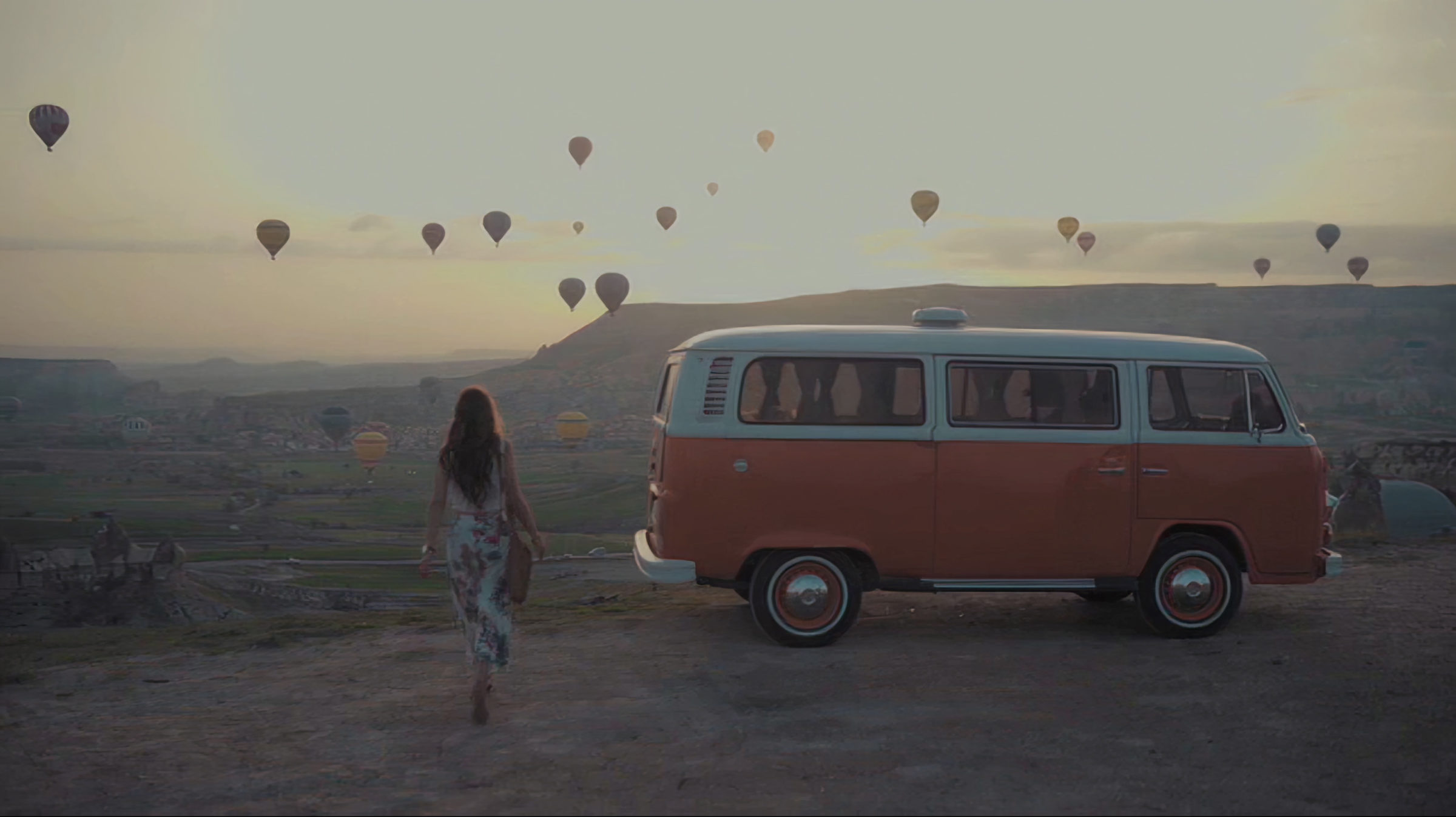
To complete your output, you can assemble your TIFF images within the video editor of your choice.
In Quicktime, select File > Open Image Sequence and select your TIFF images. Your video will be created automatically and ready for further post-production.
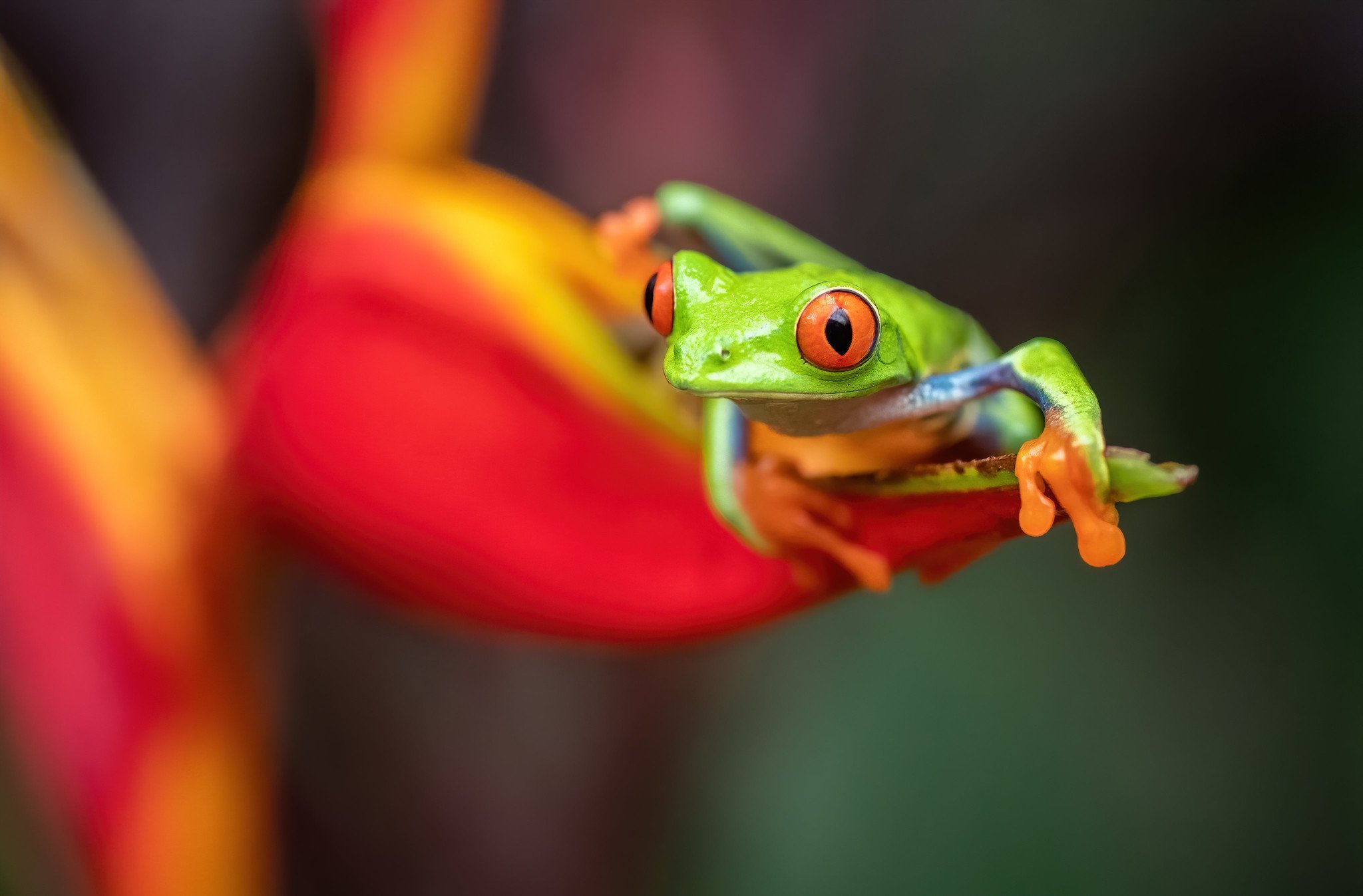
I have always been interested in wildlife and photography in general however it was a family trip to Alaska that really accelerated my photography interests. Everywhere I went was like a postcard and there was so much wildlife but all I had was a point and shoot camera and no idea how to use it.
After returning home I bought my first DSLR. I would spend the next several years reading “how to” books and watching countless YouTube videos to learn. I had no idea what an obsession it would turn into. Being a winner in the National Geographic Nature Photographer of the Year contest also accelerated my career as I become more well known in the photography community.
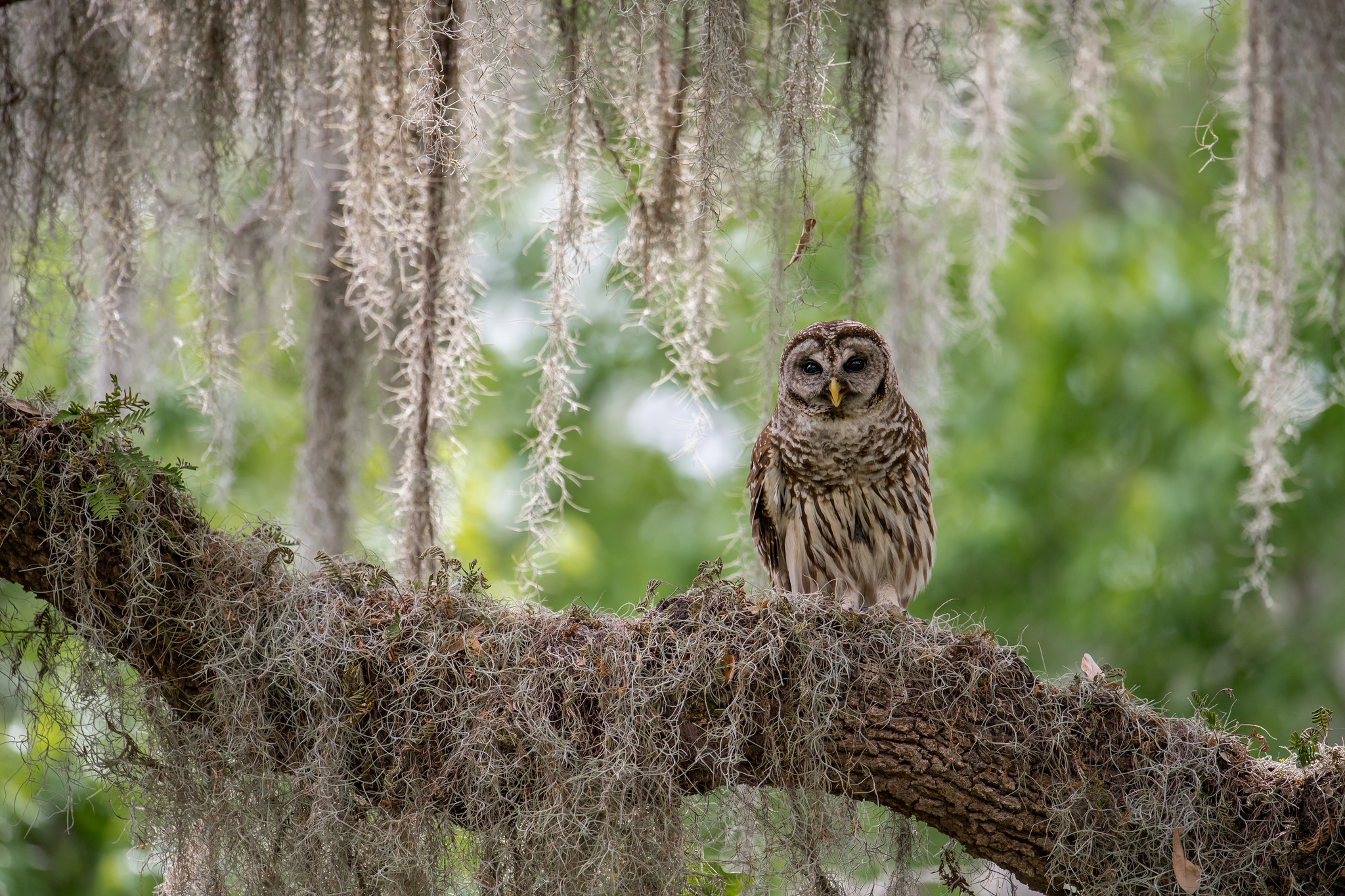
Being a wildlife photographer primarily it is often difficult to have a specific style as many times you have to work with what you are given. That said, I put a lot of effort into always being at eye level with animals or trying to get action photos such as osprey diving for fish or peregrine falcons in flight.
I also like to do wide angle wildlife photography using remote sensors with camera traps to get a more intimate closeup view of animals not often seen.
My primary gear at the moment is a Nikon D5 and 600mm f4 VR lens along with a Nikon D810 and 80-400mm lens.
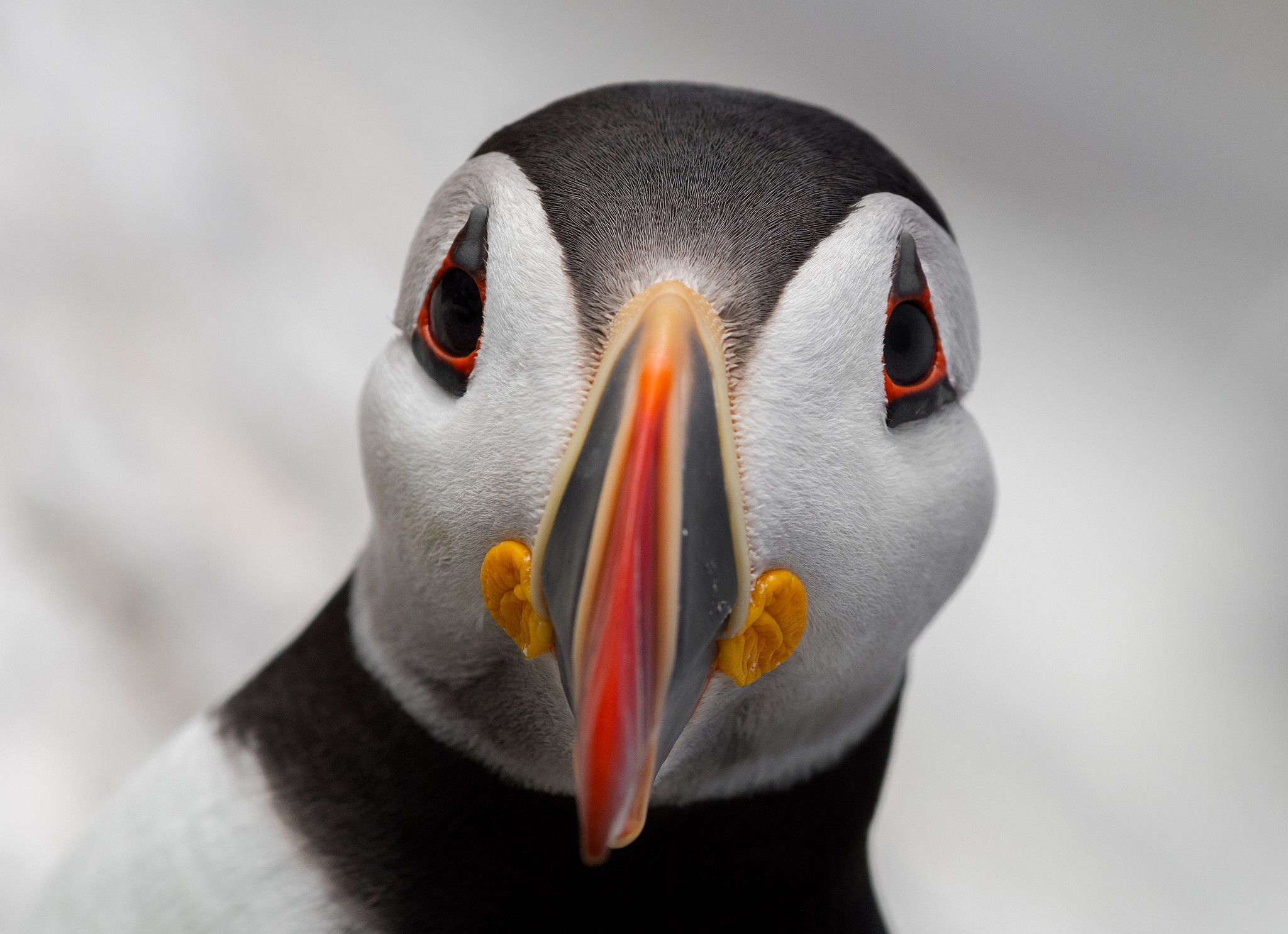
Birds of prey are easily my favorite subject to photograph. There is something so majestic about seeing owls flying or bald eagles fishing, etc.
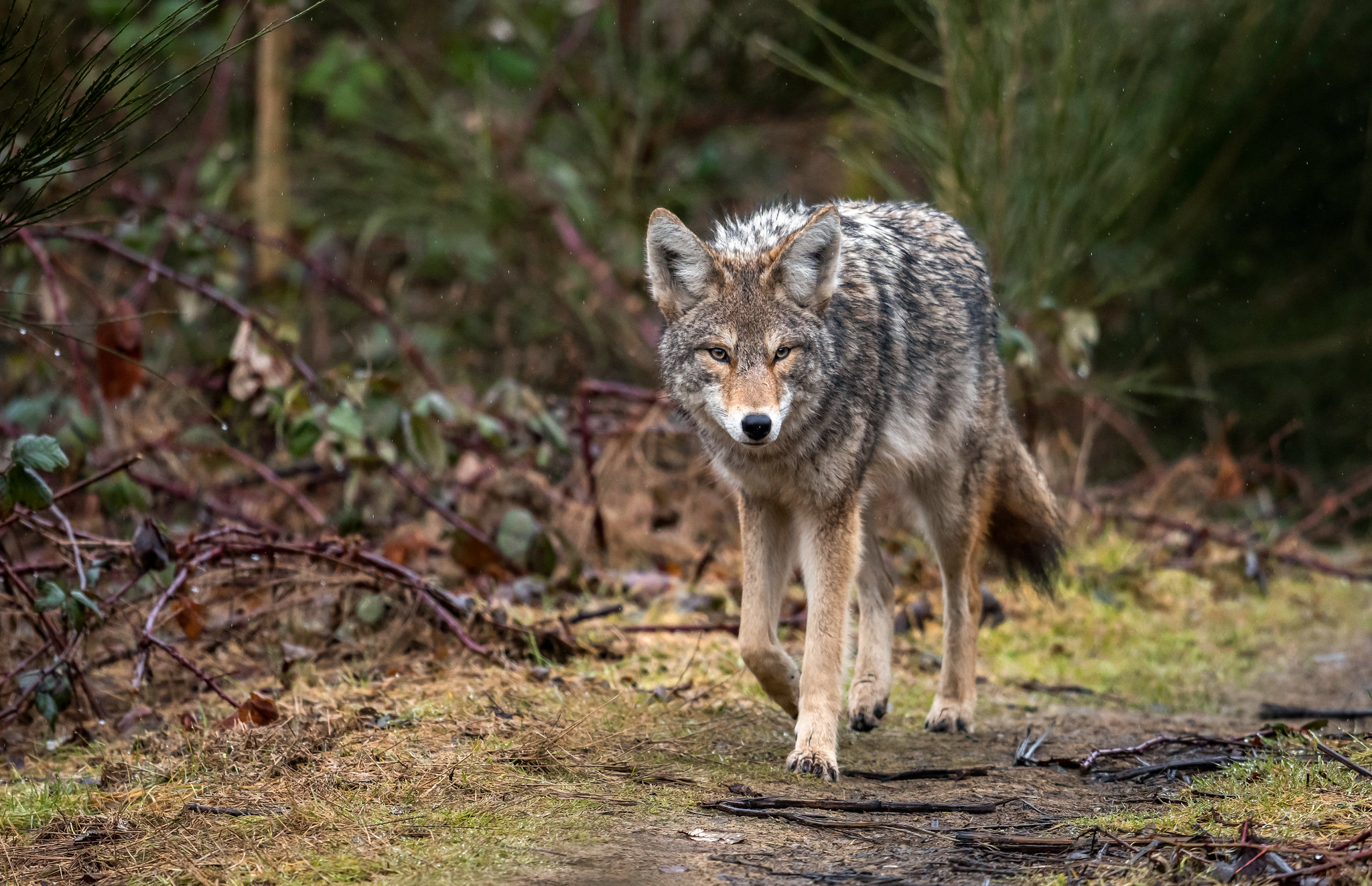
Topaz software has completely changed my editing process. DeNoise specifically is a miracle software. It has allowed me to keep shooting much longer than I ever have been able to by letting me crank my ISO and still get useable images. Even when it’s not needed I still run my photos through DeNoise or Sharpen AI as they make photos that are already sharp that much better!
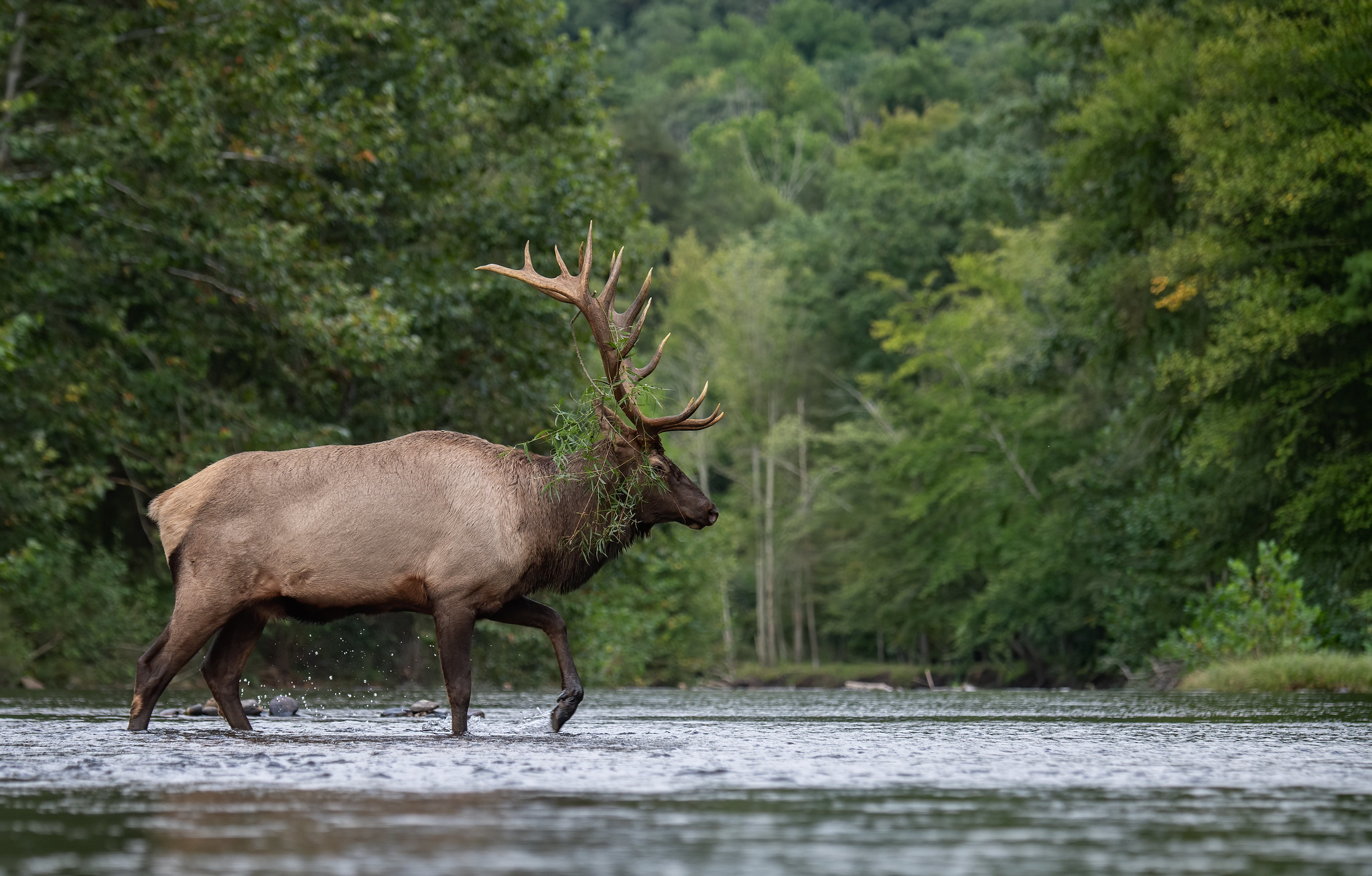
My inspiration is simple these days. Since becoming a full time wildlife photographer it’s become so much more apparent how fragile this planet is and how much help it needs. My inspiration and goal is to both raise awareness as well as helping people relate to wildlife. I have seen distinct personalities in many animals and I believe they should be treated equally. They feel fear, pain, and build bonds with each other that should not be broken by humans. I’m afraid people will not realize how important animals are to the environment and our own existence until they are gone.
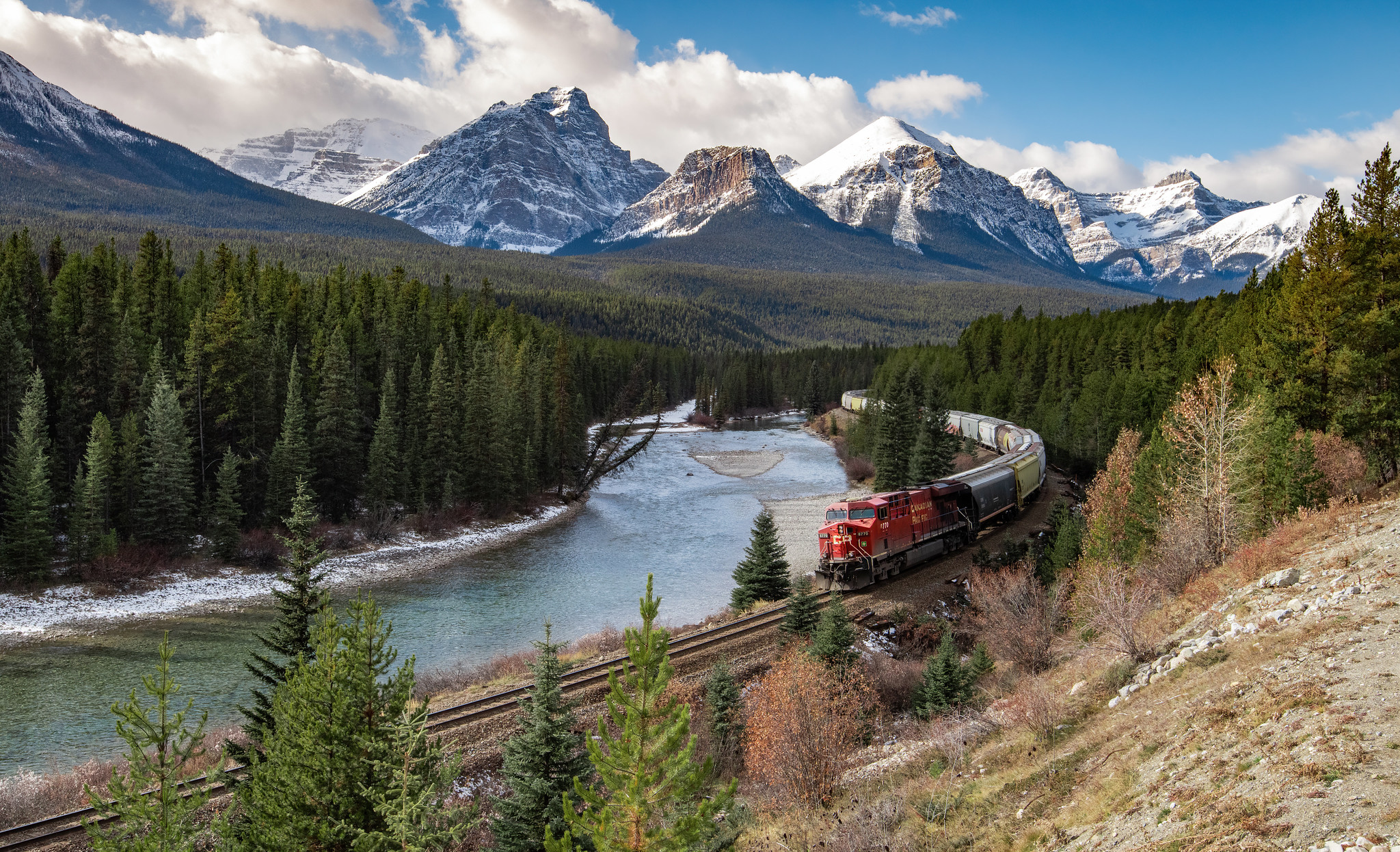
Very tough question. I think if I could only have one it would be my 600mm lens. I love many types of photography such as landscape and astrophotography but my passion is wildlife and the 600mm is the perfect lens.
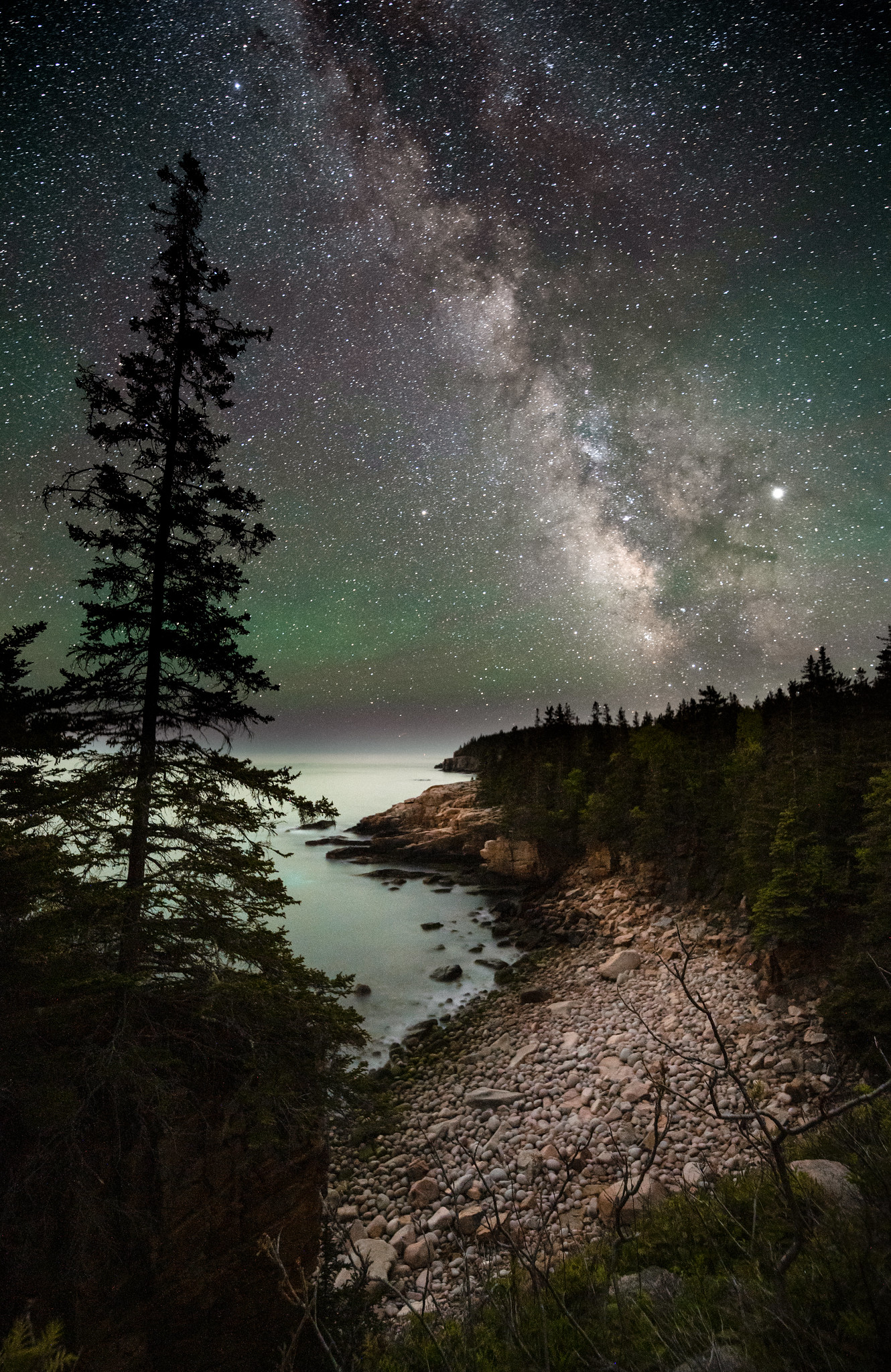
The biggest challenge for me and many others these days is being different. There are so many photographers now but locations with wildlife are becoming less and less. Now with social media and other internet sites, once an animal or location is found, word travels quickly and it’s rare that I am ever alone with an animal anymore sadly.
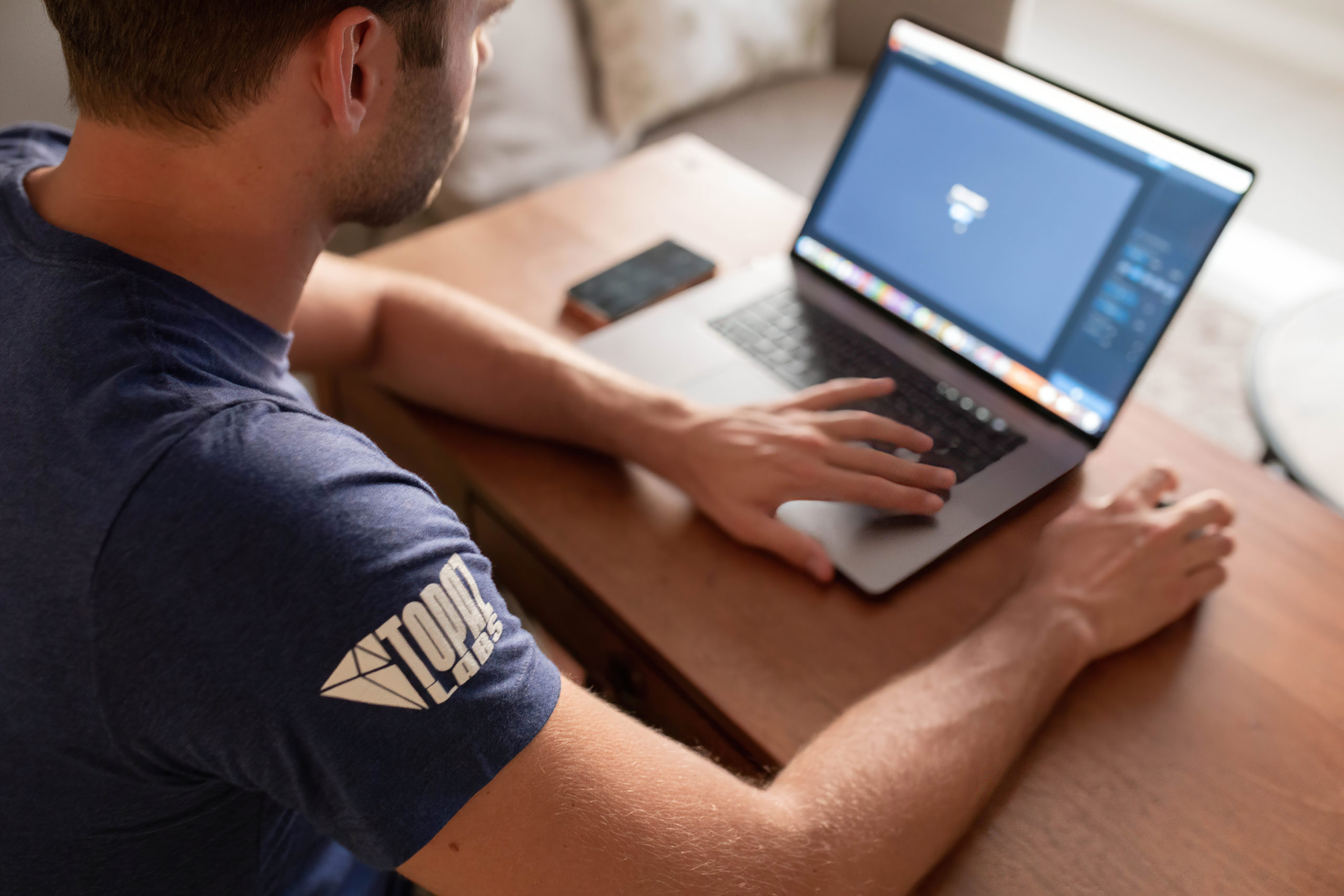
Hello everyone! If we haven’t already been acquainted, I’m Eric, CEO of Topaz Labs. I hope you’re off to a great start in 2020. I have an announcement that may seem like bad news at first, but will end up being good news in the long run:
Starting in August 2020, we will charge for product upgrades to DeNoise AI, Sharpen AI, Gigapixel AI, and Mask AI.
Every company says that they value their customers. When we started Topaz Labs many years ago, we tried hard to figure out ways to show this through actions instead of just words. One of the ways we did this was by offering free major upgrades for all of our products. Conceptually, this felt really good to us; we loved the idea of acting differently than faceless corporations by giving ongoing value for free instead of charging for every little thing.
Within the last few years, though, we started to realize something. Product development and research is expensive! It turns out that if we can only earn money by releasing new products, there’s a very powerful internal incentive to only do that. Despite our best intentions, we found that we weren’t focusing as much as we wanted on improving our existing products. We ended up with several different products that did similar things, which caused confusion about which tool to use. Although it started out with good intentions, our free upgrade policy ultimately prevented us from delivering the best possible products to you.
Make no mistake about it: this situation was 100% our fault. We were not thoughtful enough about aligning our pricing structure with continuous improvement of our products. Since realizing this, we took some major steps to improve in 2019:
Despite not advertising it anymore, in 2019 alone we were proud to give away over $8M worth of claimed free upgrades to major new products like DeNoise 6 => DeNoise AI, InFocus => Sharpen AI, Adjust 6 => Adjust AI, and Studio 2. We’ve already seen a major improvement in the usefulness and experience of our products, and we’re excited to continue down this path in 2020 and beyond.
The next step is to actually move to paid upgrades to finally align our pricing policy with how we want to build products as a company. Basically: it’s our fault, yet I’m asking you to lock arms with us and walk through this phase of our development by accepting this change. I know it’s a lot to ask for, but I hope you can agree that this path really is best for continued improvements to the products that we hope you’ve grown to rely upon.
Here’s how it will work:
We want you to own your software instead of having to pay to keep accessing it. Once you buy one of our products, you can keep using your purchased version as long as you want regardless of upgrade status. We’re really proud that some of you have continued to trust our products for over a decade after buying it once, and we’d love for this to continue.
Similarly, you should also be able to choose when to upgrade and not be penalized for it. If you don’t think a certain upgrade is worth it, don’t renew your upgrade license just yet. Wait until it actually includes something you want to pay for. This also incentivizes us to make sure that the improvements we do implement are useful enough for you to upgrade.
As an example, let’s say you buy Gigapixel AI for the first time today (2/13/2020), so you receive free upgrades to Gigapixel AI until 2/13/2021.
We then release Gigapixel v4.5 in March, v5 in May, v5.1 in August, and v5.2 in December 2020. You receive all these upgrades for free as part of your initial 1-year upgrade license.
Now imagine we release Gigapixel v5.3 in May 2021 and you decide it’s not worth it. Even though your upgrade license has expired, you can continue using Gigapixel v5.2 (your last owned version) for as long as you like.
Gigapixel v5.3 in May 2021 has a feature you really want, so you purchase an upgrade then. You receive Gigapixel v5.3 and another year of free upgrades starting from the time you purchased the upgrade until May 2022.
For the listed products above, existing customers have an upgrade license starting from a year since they purchased. For example, if you bought DeNoise AI in November 2019, your upgrade license will last until November 2020.
That said, we thought it’d be unfair to immediately expire licenses for people that have purchased over a year ago. So for anyone in this situation, we’re extending a minimum 6 months of upgrade licenses. Even if you first bought our products years ago, the earliest you’d possibly need to pay for an upgrade is in August 2020.
Starting soon, you’ll be able to see the remaining time on your upgrade licenses in your Account.
I know this is a major shift. We’ve offered free upgrades for so long that it’s become part of what we’re known for. I guess this change all comes down to a single core idea: to be truly useful to you, we believe we should be offering fewer products that go deeper rather than a buffet of shallow products.
In other words, we don’t want to offer you novelties that you’ll stop using after a month. Instead, if you buy DeNoise AI, we want to help you handle noise reduction forever through our software. This means constantly evaluating and adding the most promising cutting-edge noise reduction techniques, relentlessly improving integration with your workflow, and continually adding major new functionality like batch processing (just released!) and selections. You shouldn’t have to worry about noise reduction ever again… or at the very least, you should be able to rely on us to worry about it for you. Paid upgrades are necessary for us to support this kind of deep focus.
Again, this was not a quick or easy decision to make, but we think it’s a necessary one in order for us to deliver massive value for you in the future. All I ask of you is that you give us a chance to prove this through our product improvements in 2020 and beyond.
Thanks so much,
Eric Yang
CEO, Topaz Labs
 Adjust AI
Adjust AI
 Gigapixel AI
Gigapixel AI
 Cloud Credits, Monthly
From: $9.99 / month
Cloud Credits, Monthly
From: $9.99 / month
 API Credits, Monthly
From: $39.00 / month
API Credits, Monthly
From: $39.00 / month
 Gigapixel Starter Pack
From: $0.00
Gigapixel Starter Pack
From: $0.00
© 2005 - 2024 Topaz Labs. All rights reserved.
Each license is valid for a single seat. Receive a volume discount for 10+ seats.







